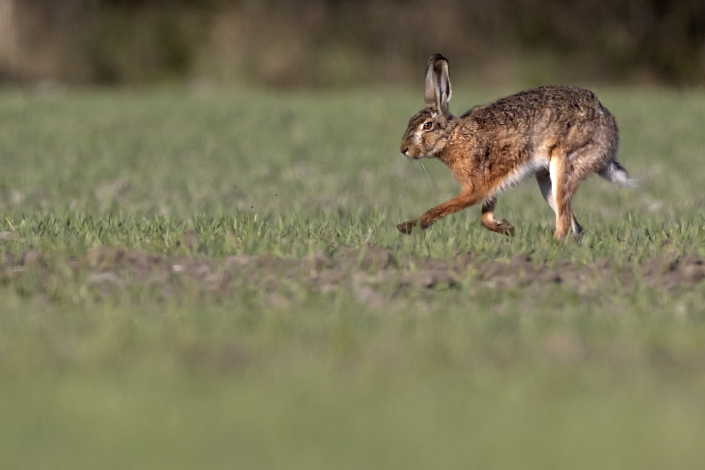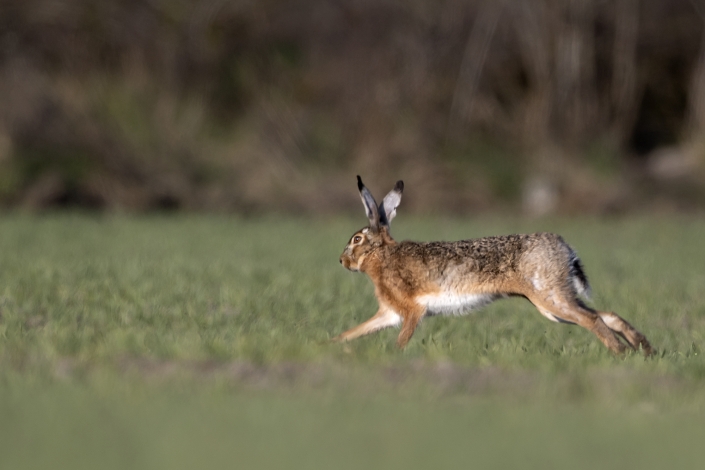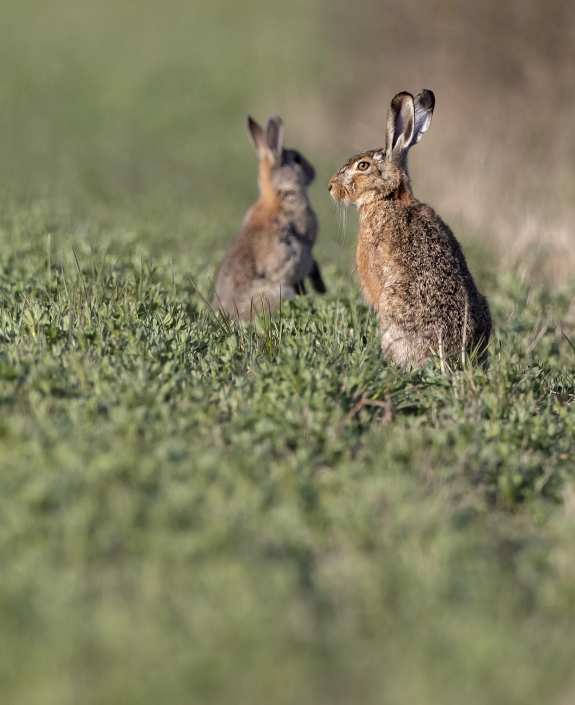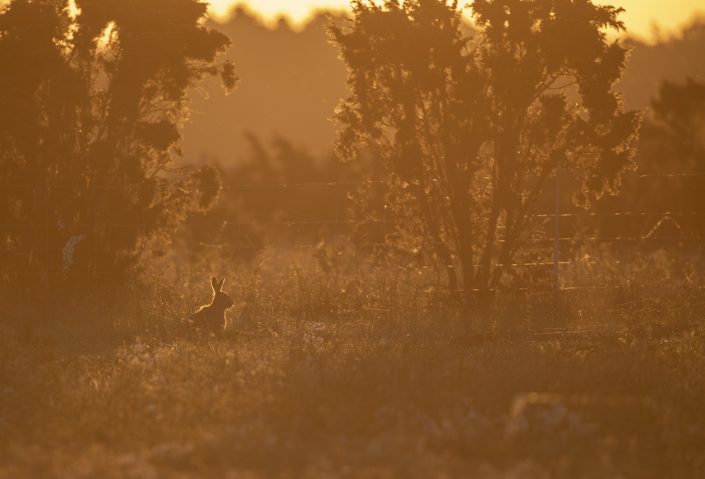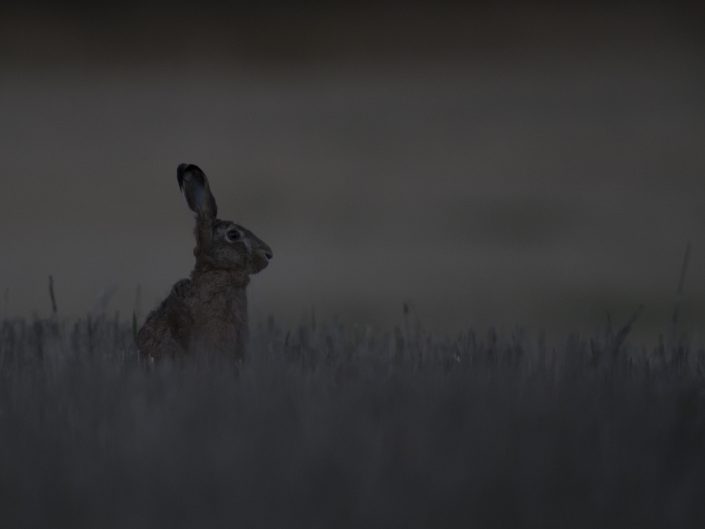This post is also available in: Swedish
Brown hare – Lepus europaeus
Brown hare – Lepus europaeus
or the European hare, also known as the brown hare, is a species of hare native to Europe and parts of Asia. It is among the largest hare species and is adapted to temperate, open country. Hares are herbivorous and feed mainly on grasses and herbs, supplementing these with twigs, buds, bark and field crops, particularly in winter. Their natural predators include large birds of prey, canids and felids. They rely on high-speed endurance running to escape from their enemies; having long, powerful limbs and large nostrils.
Generally nocturnal and shy in nature, hares change their behaviour in the spring, when they can be seen in broad daylight chasing one another around in fields. During this spring frenzy, they sometimes strike one another with their paws (“boxing”). This is usually not competition between males, but a female hitting a male, either to show she is not yet ready to mate or as a test of his determination. The female nests in a depression on the surface of the ground rather than in a burrow, and the young are active as soon as they are born. Litters may consist of three or four young and a female can bear three litters a year, with hares living for up to twelve years. The breeding season lasts from January to August.
The European hare is listed as being of least concern by the International Union for Conservation of Nature because it has a wide range and is moderately abundant. However, populations have been declining in mainland Europe since the 1960s, at least partly due to changes in farming practices. The hare has been hunted across Europe for centuries, with more than five million being shot each year; in Britain, it has traditionally been hunted by beagling and hare coursing, but these field sports are now illegal. The hare has been a traditional symbol of fertility and reproduction in some cultures, and its courtship behaviour in the spring inspired the English idiom mad as a March hare.






